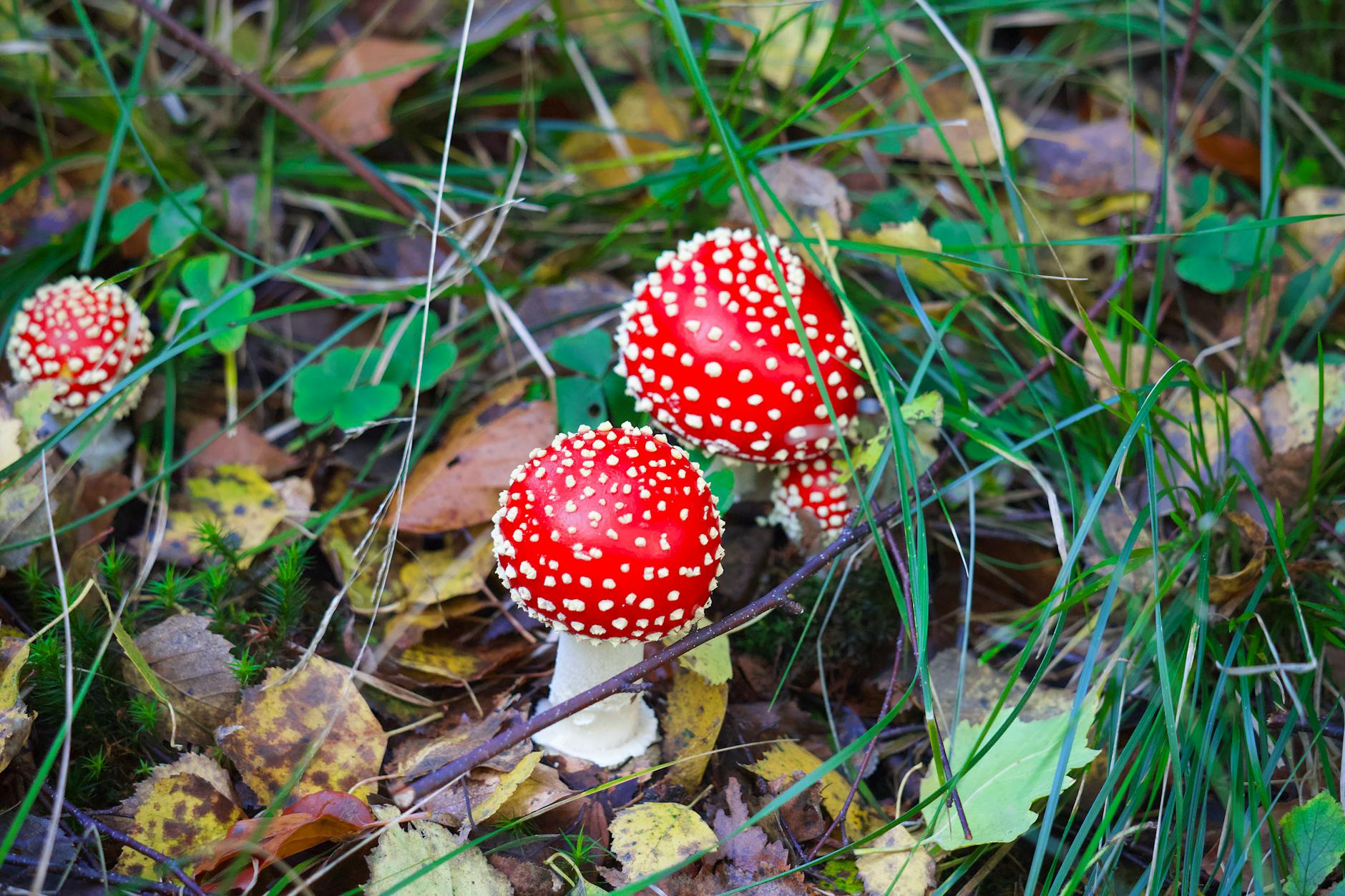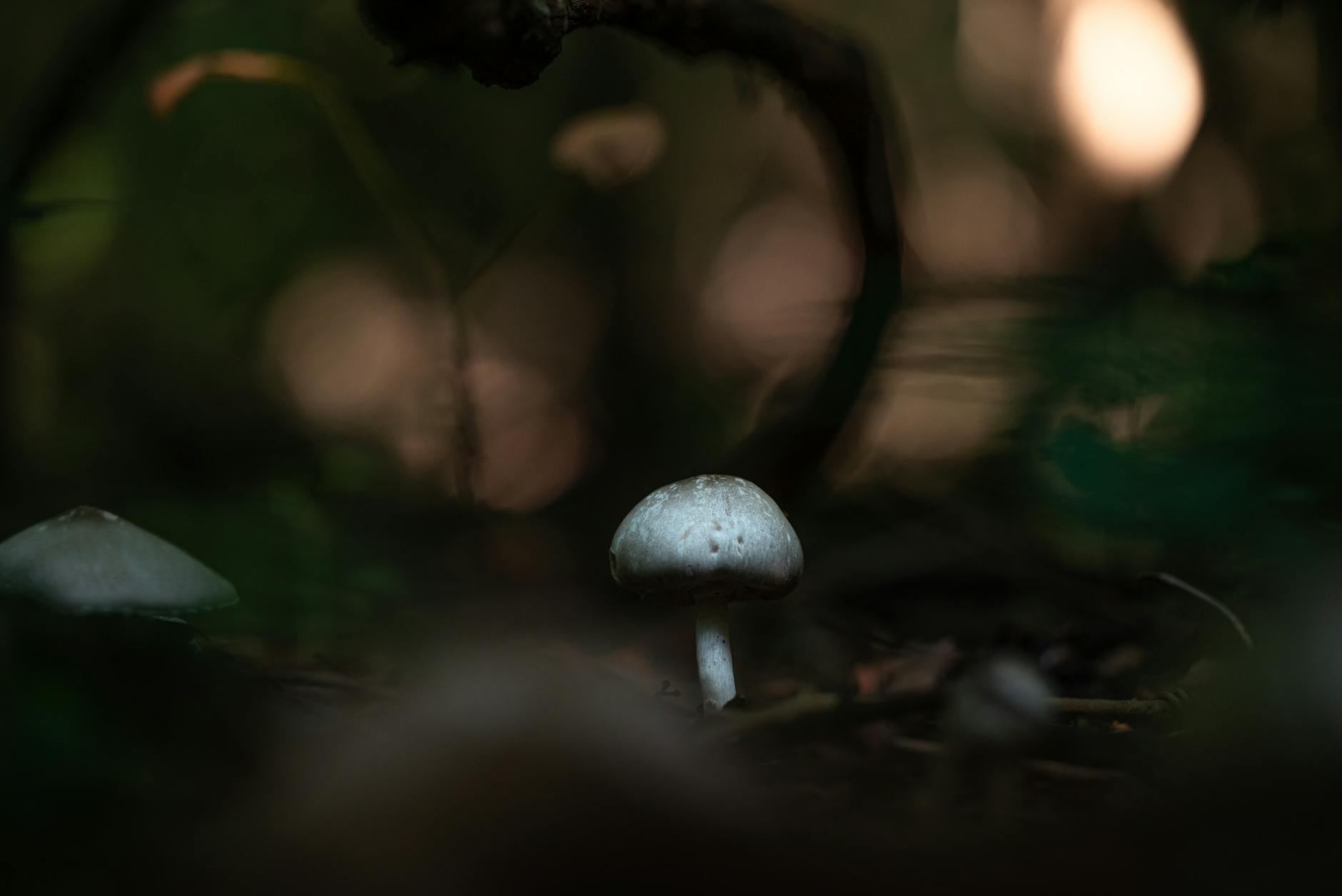Foraging is an ancient practice that has gained popularity in recent years as people look to reconnect with nature and enjoy the benefits of wild foods. While foraging can be a fun and rewarding experience, it is important to be mindful of potential risks, such as encountering toxic plants or mushrooms. To ensure a safe and enjoyable foraging experience, it is essential to follow some key tips and guidelines. In this article, we will discuss essential tips for safe foraging to help you avoid toxic trails and make the most of your foraging adventures.
Understanding Toxicity Levels of Plants and Mushrooms
Before embarking on a foraging excursion, it is crucial to educate yourself on the types of plants and mushrooms that are safe to eat and those that are toxic. Familiarize yourself with common toxic species in your area and learn to identify them accurately. Invest in a reliable field guide or take a foraging course to enhance your knowledge and confidence in distinguishing between edible and poisonous plants.
Choose Safe Foraging Locations
Selecting the right location for foraging is key to minimizing the risk of encountering toxic plants. Avoid foraging near roadsides, industrial areas, or places that may have been treated with pesticides or other chemicals. Opt for local parks, nature reserves, or private properties where foraging is permitted and the risk of contamination is lower. Always seek permission from landowners before foraging on private property.
Start Small and Seek Expert Advice
If you are new to foraging, start small and focus on identifying a few common, easy-to-recognize edible plants or mushrooms. Consider joining a local foraging group or connecting with experienced foragers who can offer guidance and share their knowledge. Building a supportive network of fellow foragers can enhance your learning experience and help you avoid potential pitfalls.
Practice Proper Harvesting Techniques
When harvesting plants or mushrooms, do so responsibly to ensure their sustainability and reduce the impact on the environment. Only collect what you will use and leave enough behind to allow for regrowth and reproduction. Use a sharp knife or scissors to cut plants at the base, rather than uprooting them, to promote continued growth. Handle mushrooms with care and avoid damaging the surrounding habitat.
Perform a Thorough Identification Process
Before consuming any wild foods that you have foraged, always perform a thorough identification process to confirm their safety. Refer to your field guide or seek confirmation from a knowledgeable expert. Pay attention to key characteristics such as color, texture, smell, and growth patterns to help you make accurate identifications and avoid confusion with toxic look-alikes.
Exercise Caution When in Doubt
If you are unsure about the identity of a plant or mushroom, err on the side of caution and do not consume it. It is better to forgo a potential culinary delight than risk poisoning yourself or others. Remember that even experienced foragers can make mistakes, so always prioritize safety and take the time to research and confirm the identity of any unfamiliar species.
Conclusion
Safe foraging is a rewarding and enjoyable pastime that allows you to connect with nature and explore the bounties of the natural world. By following essential tips for safe foraging, such as understanding toxicity levels, choosing safe locations, seeking expert advice, practicing proper harvesting techniques, performing thorough identifications, and exercising caution, you can minimize the risks and make the most of your foraging experiences. Remember to approach foraging with respect, curiosity, and a commitment to safety to ensure a positive and enriching foraging journey.


